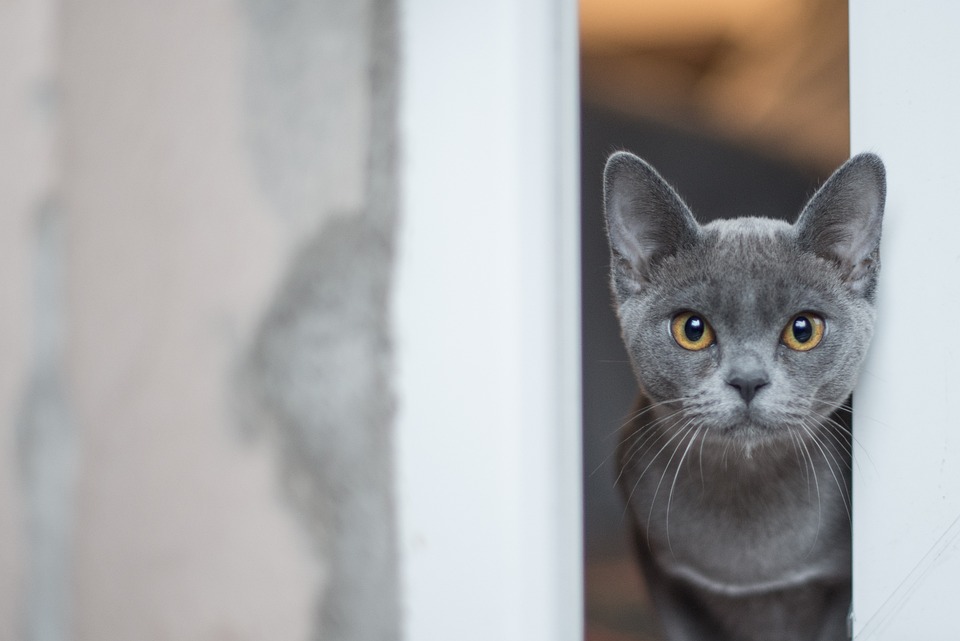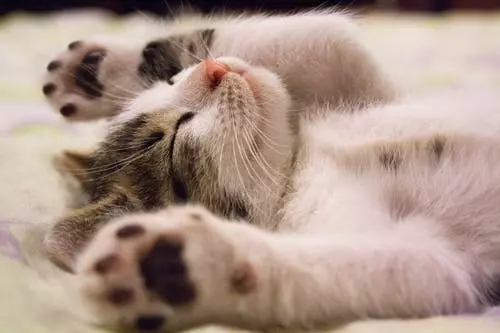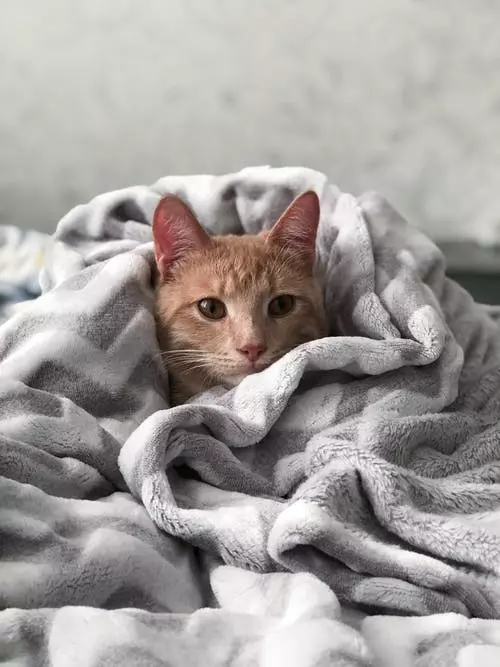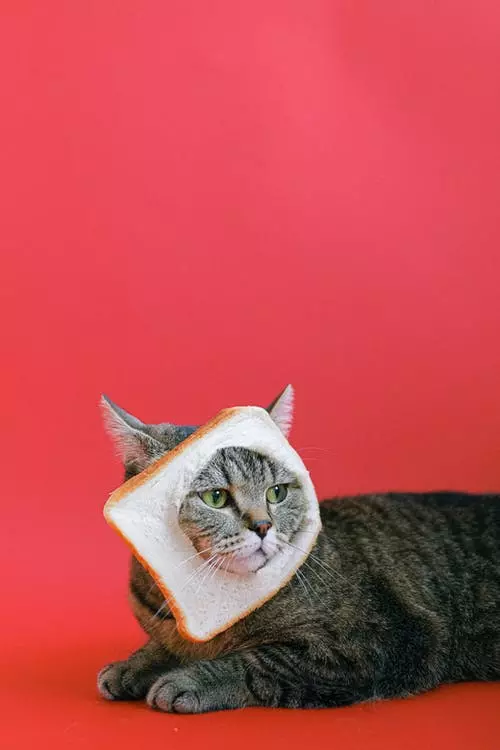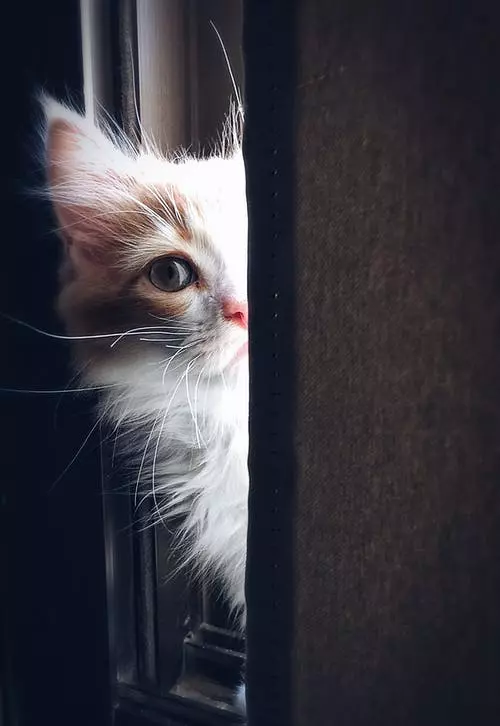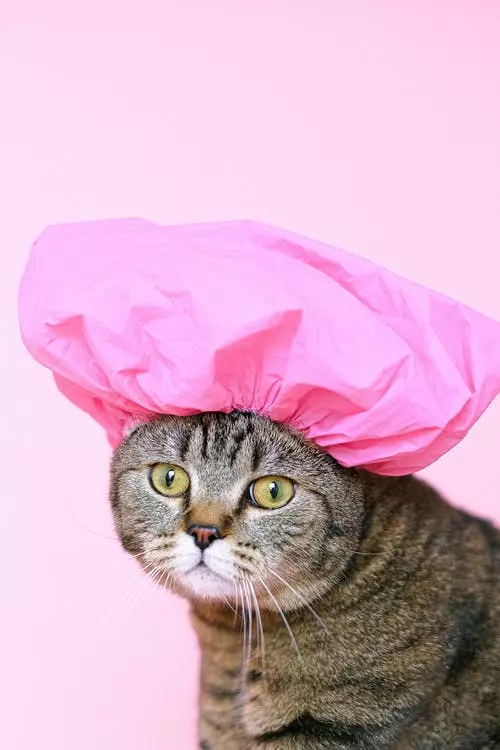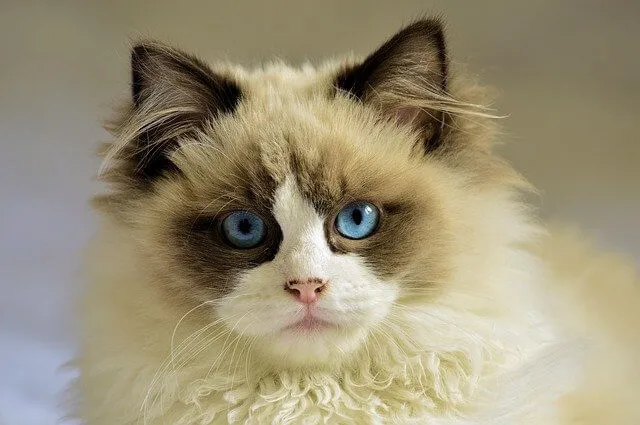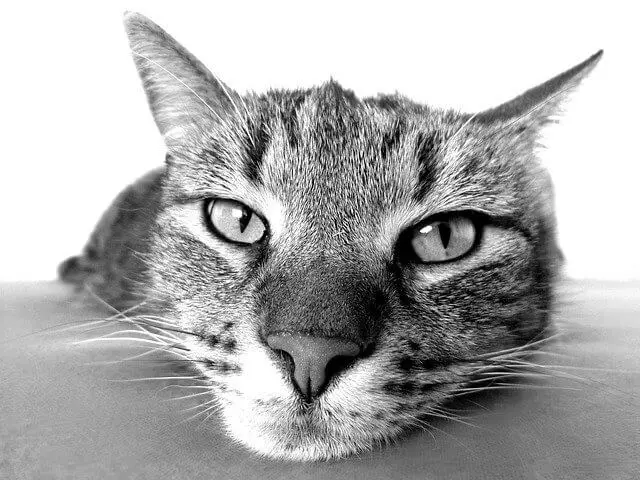Cats are fascinating creatures known for their unique behaviors, and one of the most endearing gestures they display is headbutting. Also known as “bunting,” headbutting is a behavior where cats gently bump their heads against objects or people. While it may seem strange, headbutting is actually a strong expression of love and affection in the feline world. In this article, we will explore the science behind headbutting and delve into why cats engage in this behavior.
Headbutting serves multiple purposes in a cat’s social interaction repertoire. One of the primary reasons cats headbutt is to establish familiarity. When a cat headbutts an object or a person, it is leaving behind its scent from the scent glands located on its head. These glands excrete pheromones that are unique to each cat, acting as a personal signature. By marking objects and humans with their scent, cats are claiming ownership and establishing a sense of familiarity in their environment.
Headbutting is also a way for cats to strengthen social bonds. When two cats headbutt each other, they are exchanging scents, essentially merging their individual fragrances. This process, known as “scent mingling,” helps cats recognize each other as part of the same social group. By sharing scents, cats indicate that they trust and feel comfortable around each other, promoting a sense of unity within their feline community.
To better understand headbutting, it’s important to familiarize ourselves with the scent glands involved in this behavior. Cats possess scent glands in various locations, including the forehead, cheeks, chin, and the base of the tail. The glands on the forehead, known as temporal glands, are primarily responsible for the pheromones released during headbutting. When a cat presses its forehead against an object or person, these glands release pheromones, leaving their unique scent behind.
Apart from scent exchange, headbutting also involves physical contact. By gently bumping their heads against an object or person, cats engage in a tactile interaction that provides them with a sense of comfort and security. The pressure applied during headbutting triggers the release of endorphins, commonly referred to as “feel-good” hormones, creating a positive association with the behavior. This physical contact is an integral part of the bonding process between cats and their human companions.
Here are some frequently asked questions about headbutting in cats:
1. Why does my cat headbutt me?
Cats headbutt their human companions as a way to show affection and mark them with their scent. It is a sign that your cat feels comfortable and trusts you.
2. What should I do if my cat headbutts me excessively?
Excessive headbutting can be a sign of anxiety or stress. If your cat is headbutting excessively, consider consulting with a veterinarian to rule out any underlying health or behavioral issues.
3. Can I headbutt my cat back?
While it may seem tempting to reciprocate the headbutt, it is generally not recommended. Cats prefer to initiate headbutting themselves, and forcing physical contact may cause them distress. Instead, offer gentle petting and allow your cat to initiate the interaction.
4. What if my cat headbutts objects excessively?
If your cat is headbutting objects excessively, it may be a sign of territorial behavior. Provide your cat with appropriate scratching posts and objects to mark, and consider consulting with a veterinarian or animal behaviorist for guidance.
5. Is headbutting the same as rubbing against objects?
Headbutting and rubbing against objects, known as “allorubbing,” are similar behaviors but involve different parts of a cat’s body. Headbutting primarily uses the head and forehead, while rubbing against objects involves the sides of the cat’s body.
Understanding the science behind headbutting in cats allows us to appreciate and respond to this unique display of affection. By recognizing the significance of headbutting as a bonding mechanism, we can strengthen our relationship with our feline companions and create a harmonious environment for them to thrive.

